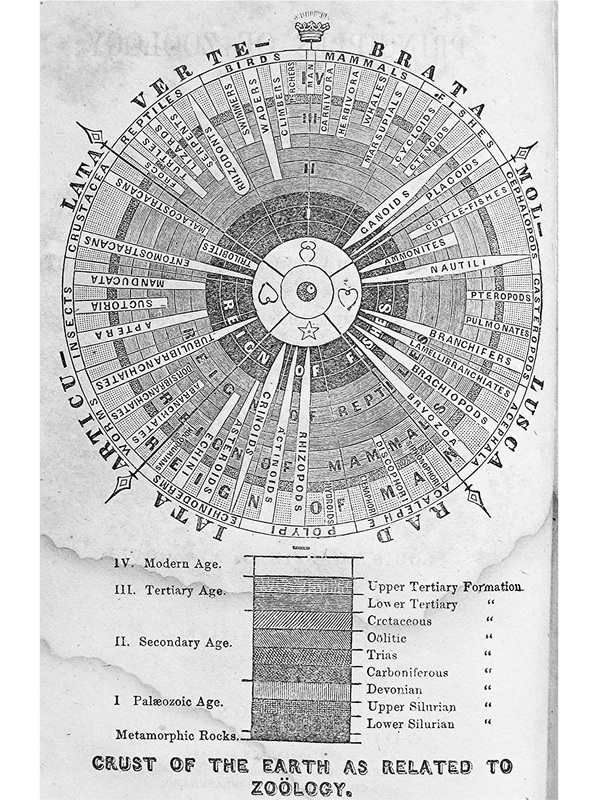Image:Trilobites in mass destruction. Type and location uncertain but probably Cambrian.
The Complexity of Life Forms and diversity in the Cambrian Fossil "Explosion"
"Is the Cambrian Explosion Problem Solved?by Brian Thomas, M.S. *Evidence for Creation › Evidence from Science › Evidence from the Earth Sciences › Fossils Reflect Life's Original Diversity › Fossils Show Stasis and No Transitional Forms
Cambrian rock layers contain many strange animal fossils, and very few fossils appear in layers below them. Called the "Cambrian explosion of life," the creatures in these layers come from all the major groups of animals alive today (including fish, which represent the vertebrates), plus many more that later became extinct.Evolutionists, starting with Charles Darwin, have had a difficult time explaining why such richly diverse aquatic life forms appeared so suddenly and with no trace of evolutionary ancestry in lower (pre-Cambrian) rocks. According to neo-Darwinism, new life forms develop through time, chance, and death. Without the time, the formula cannot work, and yet Cambrian fossils are a parade of well-designed creatures that lived at the same time, not in separate evolutionary ages." See ICR link below.
Amazingly, Louis Agassiz argued in the same manner in the 1860's. The frontise piece to his Zoology text reflected this observation. He noted complexity of life forms from the beginning. (Note: he did accept long ages for the earth-but was adamantly opposed to Darwinian evolution. See other comments under tab: History of support for creation in Issues in creation and evolution.)
Cambrian rock layers contain many strange animal fossils, and very few fossils appear in layers below them. Called the "Cambrian explosion of life," the creatures in these layers come from all the major groups of animals alive today (including fish, which represent the vertebrates), plus many more that later became extinct.Evolutionists, starting with Charles Darwin, have had a difficult time explaining why such richly diverse aquatic life forms appeared so suddenly and with no trace of evolutionary ancestry in lower (pre-Cambrian) rocks. According to neo-Darwinism, new life forms develop through time, chance, and death. Without the time, the formula cannot work, and yet Cambrian fossils are a parade of well-designed creatures that lived at the same time, not in separate evolutionary ages." See ICR link below.
Amazingly, Louis Agassiz argued in the same manner in the 1860's. The frontise piece to his Zoology text reflected this observation. He noted complexity of life forms from the beginning. (Note: he did accept long ages for the earth-but was adamantly opposed to Darwinian evolution. See other comments under tab: History of support for creation in Issues in creation and evolution.)

